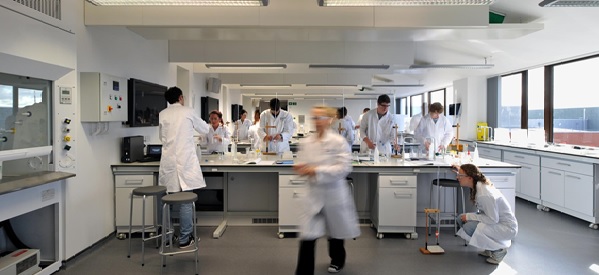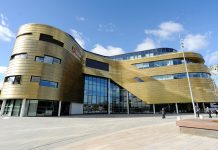When the University of Sunderland refurbished its science complex, the ambitions for the project was to transform the faculty’s culture. The university’s head of estates, Iain Garfield, explains how engaging “change champions” was key to the project’s success.
The refurbishment of the Sciences Complex at the University of Sunderland was first and foremost a change project. Building refurbishment was carried out, but this was so much more than a building project.
Culture change
The faculty was keen to change the culture within the various departments within the complex. We wanted to promote collaborative working, improve staff/staff and staff/student interaction, create a better student experience, develop research opportunities and integrate research and teaching activities. Our ambitions extended beyond the university to engaging with the local community and local, regional and national businesses and health organisations.
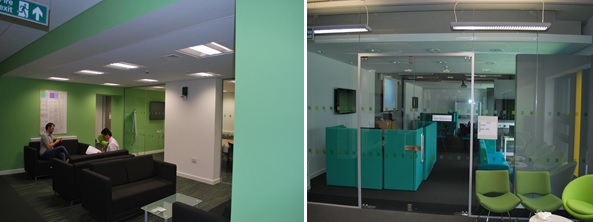
The physical element of the project, the building refurbishment, was therefore not the primary consideration during the initial consultation with the stakeholders and a more change-focused approach was used. A small group of “change champions” were identified within the faculty and the estates department and these staff were key influencers of how the project took shape.
The members of this group were selected not for their position of authority, but for their ability to understand the opportunities that a more collaborative approach would provide. They were responsible for developing the brief by identifying current issues, change opportunities, new initiatives and ultimately, the building refurbishment requirements.
Stakeholder engagement
Following extensive stakeholder engagement, a project brief was developed supported by a value management diagram and relationship diagram. This enabled the development of a building strategy which the various phases of the refurbishment could follow.
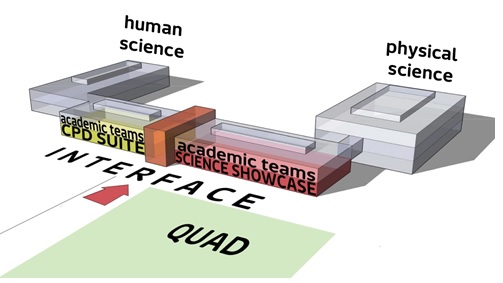
The engagement process enabled radical changes to be made including moving from dedicated subject-based laboratories to general purpose teaching laboratories and from single occupancy offices to shared offices.
To promote collaborative working and improve access to academic staff teams, academic hubs were developed together with seminar rooms, IT rooms and problem based learning rooms.
This freed up floor space in the “annex” buildings (Fleming and Darwin) to enable the high quality teaching and research laboratory provision to be collocated. These measures gave each of the buildings an identity and greatly reduced the travel/circulation for the students in their daily activities.
In total the project refurbished approximately 4,000m2 and constructed a new build element of 300m2 with a project budget of £6.8m.
Measuring success
Another important aspect of this project were the evaluations carried out pre and post occupancy evaluations. The pre occupancy evaluation was commissioned to assess the appropriateness and limitations of the existing facilities and to ascertain the expectations and concerns of staff of the proposed facilities.
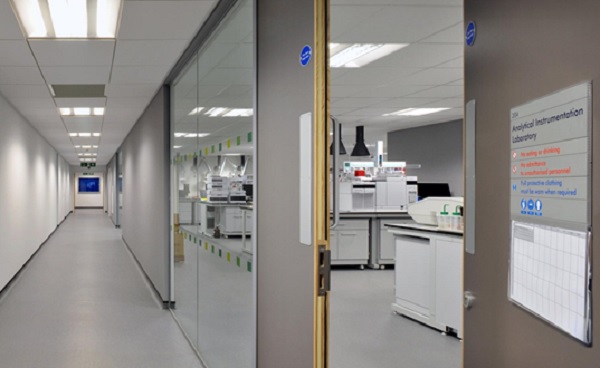
Combined with the post occupancy evaluation this has enabled the success of the project to be assessed, as well as identifying any areas of concern that could then be addressed in subsequent phases. These surveys, together with other formal and informal feedback from staff and students, suggest that the refurbishment has been well received and their experience has improved as a result.
This engagement has carried forward into the second phase of the refurbishment. The design process is currently under way to develop a further 3,000m2 of the complex supported by HEFCE STEM capital funding.
Iain Garfield is head of estates at the University of Sunderland
